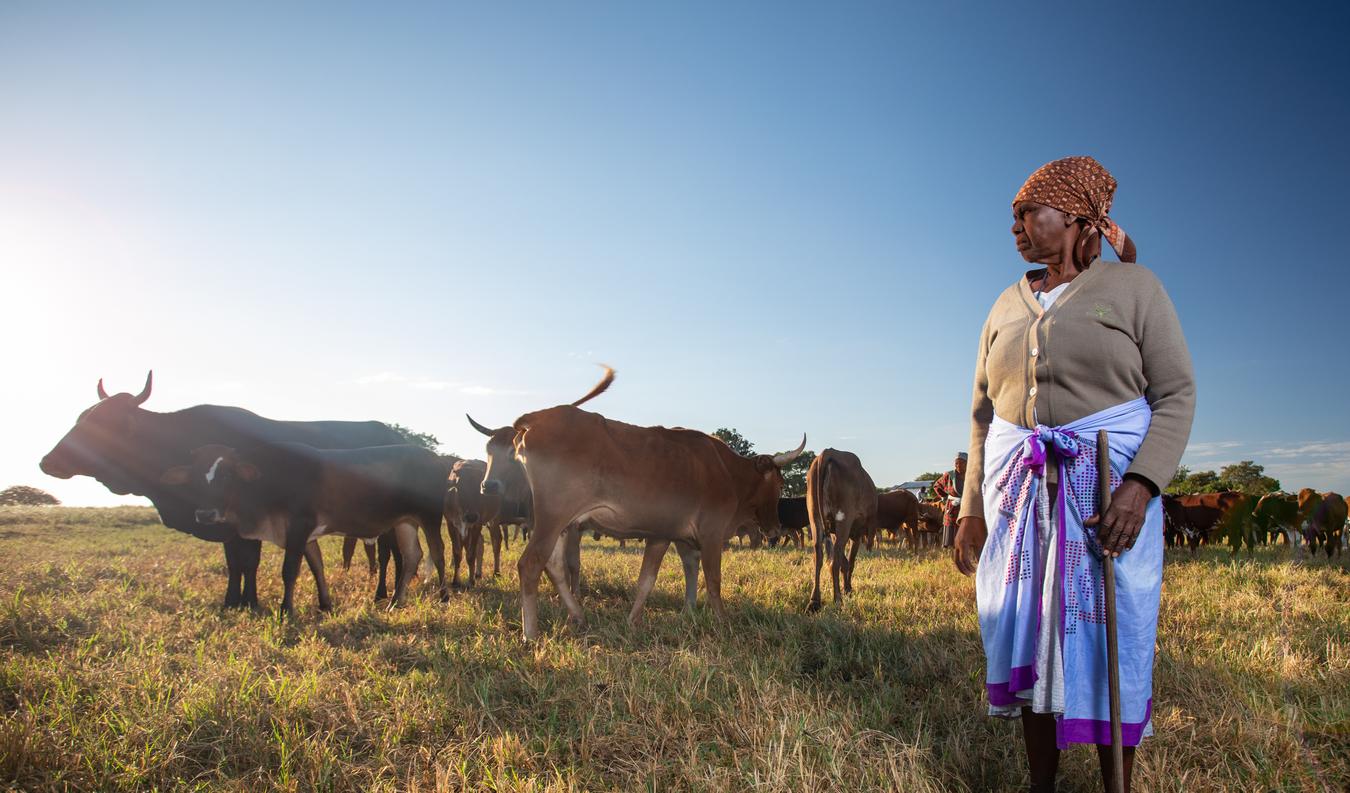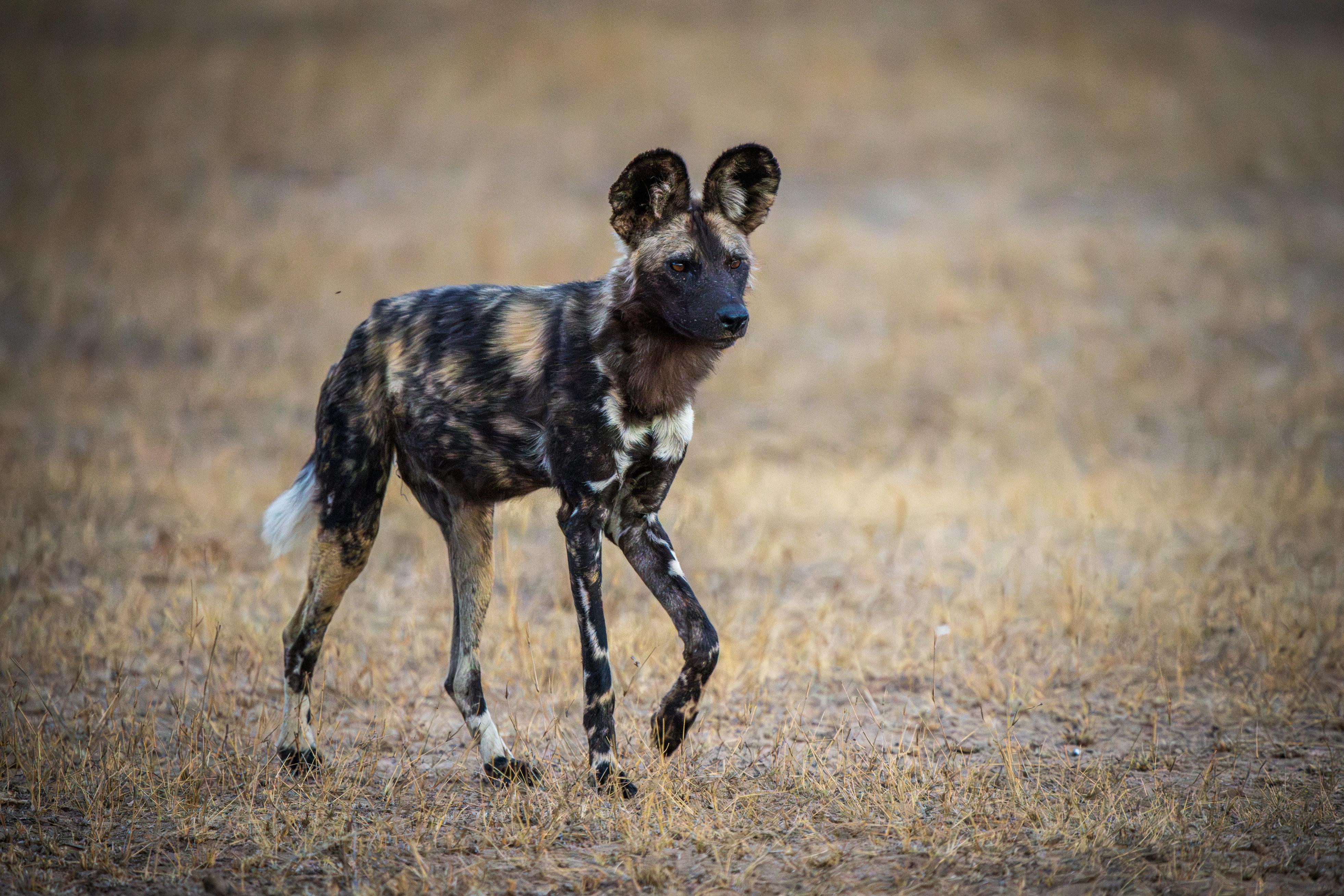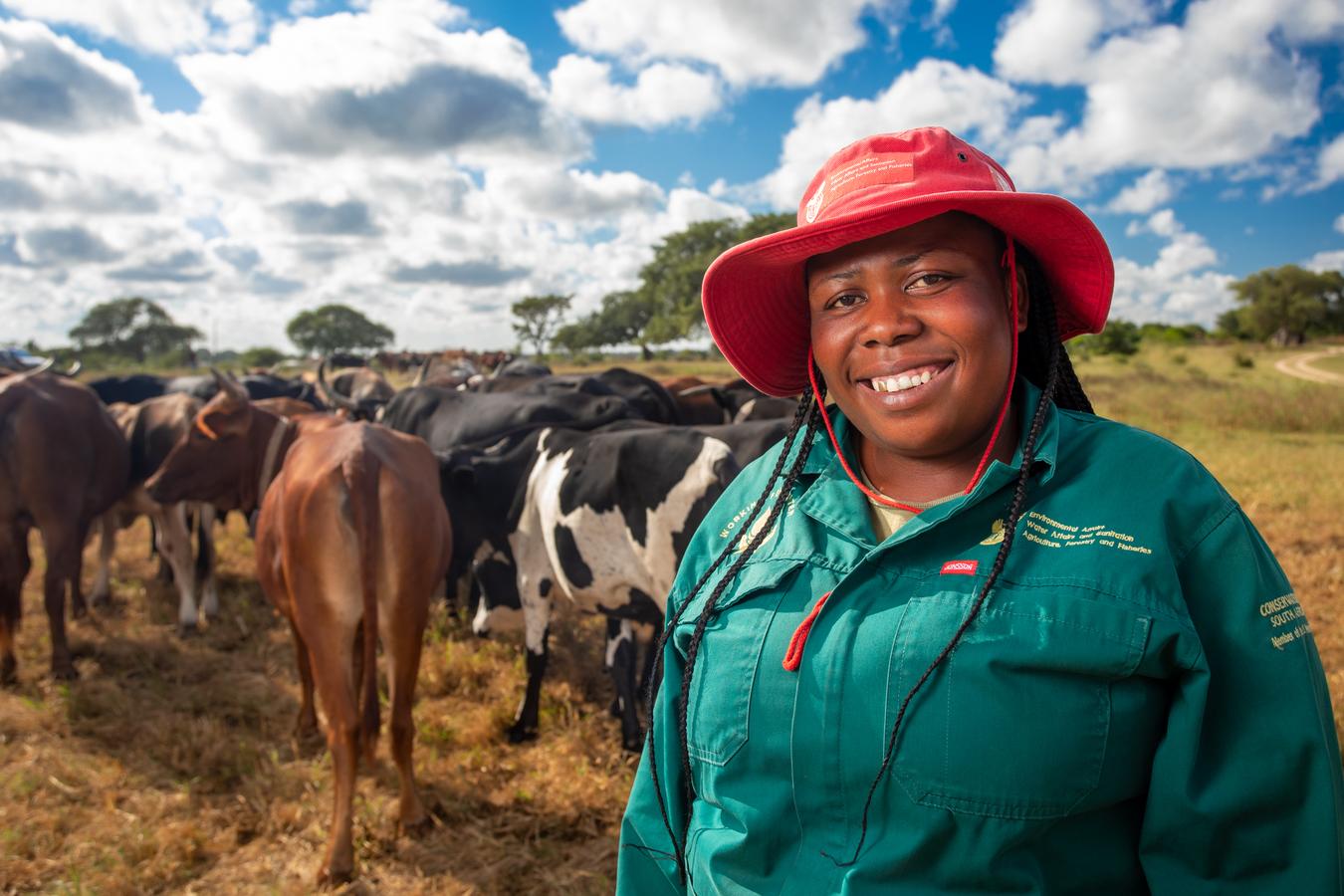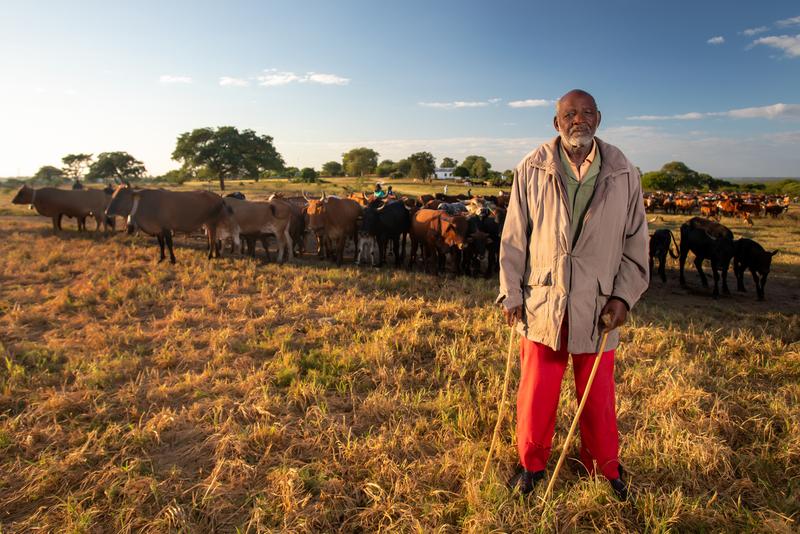
Restoring savannas to support people, wildlife and the climate
Kruger to Canyons (K2C) stretches across northeastern South Africa, linking the famous Kruger National Park with the dramatic Blyde River Canyon. This vast area is a patchwork of protected areas and community lands, where people and wildlife — such as lions, leopards, elephants, and rhinos — coexist.
Many communities in the area face extreme poverty, and the savannas they depend on for cattle herding are becoming increasingly barren. Overgrazing, invasive plants and climate challenges are making it harder for families to sustain their livelihoods, raising the risk of conflict with wildlife.
To address these challenges, Conservation South Africa (CSA), an affiliate of Conservation International, launched the Kruger to Canyons Rangeland Restoration Project. Working shoulder-to-shoulder with pastoral communities, we’re bringing back ancient grazing practices and Indigenous traditions that help the land rest and recover, allowing both people and wildlife to thrive. Simultaneously, we are investing in sustainable, nature-friendly projects — like eco-tourism, regenerative agriculture or wildlife restoration — to create jobs and provide food security for families.
The K2C project is a collaborative, community-led effort to protect more than 6,432 hectares (ha) with the potential for expansion to 82,300 ha of land, while establishing a replicable model to conserve savannas throughout Africa.
This is a story about people and nature trying to find a way to coexist in a place where both are very vulnerable. Our goal is to use the knowledge and resources that communities already have, to improve both conservation and livelihoods.
Theory of change
In many places in Africa, livestock serve as both an income and a status symbol and represent a cultural legacy that spans thousands of years. But when poorly managed, cattle can wear grasses down to their roots, triggering topsoil erosion and the loss of nutrients, microbes and biodiversity, all which are vital for soil health.
Mitigating global climate change
The project started in 2018 and aims to remove 3,458,420 metric tons of CO2 equivalent over its 30-year crediting lifetime.
The K2C restoration project uses an integrated approach that ensures cattle herding, rangeland management and conservation can work hand in hand. Through the initiative, farmers have begun grazing their livestock in a way that allows the land to rest and recover. As native grasses grow back, they provide renewed habitats for wildlife and develop extensive root systems that sequester climate-warming carbon deep underground. With more grass to eat, cattle arrive at market healthier, fatter and much more likely to command a premium price that sustains local livelihoods.
Though rooted in local practices, the effort stands to have a significant global impact. Today, grasslands and savannas account for 30 percent of all the carbon stashed away on land, making them critically important for our climate.
When people have their basic needs met, they are more likely to support conservation efforts because they no longer see nature as something that competes with their survival. Instead, they see it as an asset that can improve their lives.
Our strategy
Helping farmers living near protected areas adopt better management practices that unlock market access for farmers, while conserving biodiversity.
Supporting youth in low-income, rural communities by teaching them about the benefits of healthy ecosystems and well-managed natural resources through activities like recycling and environmental education, which will improve community well-being for generations.
Providing employment opportunities through the Greater Kruger Strategic Development Programme (GKDP), focusing on creating sustainable, nature-friendly jobs for women and youth, while also improving internet connectivity at schools and youth centers.
Promoting nature-friendly businesses by partnering with organizations to help grow sustainable ventures, offering training in financial literacy, business skills and governance, and supporting entrepreneurs with the tools they need to succeed.

Soil carbon and biodiversity
Climate change has increased the risk of drought and flash flooding in the K2C area. The best way for farmers to adapt is to adopt practices like rotational rest grazing, trimming woody plants that are overcrowding native grasses, and working to improve soil health in degraded areas. These efforts increase grass growth, improve water absorption and reduce erosion. More grass means more carbon is captured and stored in the soil. It also provides more fodder for livestock, helping farmers become more resilient to climate risks. On a larger scale, sustainable grassland management helps conserve savannas across the greater landscape, maintaining health habitats for wildlife, benefitting local biodiversity. At the same time, farmers also feel less pressure to move their livestock into new rangelands in search of food for their animals.

Community impact
By improving communal grazing lands, communities can retain and restore vital ecosystem services that help them build resilience to drought, protect culturally important natural areas and regulate the climate. Through a balanced approach that respects the relationship between people and nature, we can achieve long-term sustainability, ensuring that natural resources are conserved, and livelihoods are protected from the impacts of climate change.

Market access
Many subsistence farmers in South Africa have extremely limited options to sell their cattle, outside of selling to each other or trading informally. To solve this, community members are offered the opportunity to sign conservation agreements — a pact outlining communities’ commitments and actions to revive the grasslands. Under the agreements, communal herders take part in a highly coordinated, community-wide effort to conserve grazing lands. In exchange, farmers received incentives such as vaccinations for their cattle and opportunities to sell their cattle to prime buyers through our commercial partner Meat Naturally Africa — a start-up that brings auctions to the doorsteps of communal farmers.
Assurances in the K2C project
Project standards

Sustainable Development Goals
The project supports three Sustainable Development Goals (SDG) — Clean Water and Sanitation (SDG 6); Climate Action (SDG 13), and Life on Land (15) — through restoration, planned grazing, youth employment and business development activities. Learn more about the United Nations SDGs.
Project partners
The K2C project is community-led and participating communities have management rights to land in the project area and rights to claim that their activities are delivering the project’s benefits. The role of project proponent will also be handed over to community structures once they are fully in place. Until then, Conservation South Africa (CSA) is the project proponent that supports communities in developing the restoration activities that drive the K2C project, including rotational grazing. CSA has been active in the Kruger to Canyons landscape since 2016.
Project partners that are supporting activities include:
- Meat Naturally Africa Pty, a social enterprise that provides market access, training, and market readiness services to farmers' cooperatives in project sites.
- K2C Biosphere Reserve, a non-profit and the implementing agency managing the 2,474,700 ha in the Kruger to Canyons biosphere reserve since 2001.
- South Africa National Parks (SANParks), the designated body responsible for managing South Africa’s national parks.
Project stewards:
- Ahititirheleni, Mokgapeng, Welverdiend A & B, and Nhlanganani Farmers’ Cooperatives, which are the land users, project beneficiaries, livestock farmers, and implementers of conservation agreements.
- Mnisi Traditional Authority, the custodian of the land and the first stakeholder to be engaged before approaching communities.
- Youth Scouts, young people (ages 7-18 years) who are participating in the Scouts Programme in the K2C restoration project.
Conservation International has provided technical support and funding to the Kruger to Canyons Rangeland Restoration Project and will continue to sustain the project throughout its lifecycle.
Further information
In compliance with California Assembly Bill 1305 (2023), Conservation International shares the following information on this carbon project: Verra Registry.